Collaborative Features in Planogram Software
Planogram software is a powerful tool used in the retail industry to optimize store layout and improve product placement. What does planogram mean in practice? It allows retailers to create visual representations of their store’s shelving and display units, enabling them to plan and organize the placement of products effectively. With Collaborative Features in Planogram Software, retailers can ensure that their shelves are always stocked and organized to maximize sales potential and enhance the overall shopping experience for customers.
Table of Contents
Optimum organization of the store space with the help of planogram helps not only to attract more customers but also to reduce the costs of product placement and increase the margin, which makes it a key tool for retail enterprises.
Planogram software also helps retailers increase sales and reduce wasted shelf space by optimizing product placement. Additionally, the software includes analytics and reporting capabilities, which help retailers track their store layouts’ performance and make data-driven decisions to improve sales and customer satisfaction. The software’s reports identify improvement areas and inform decisions about product assortment, pricing, and promotions.
One key feature that sets specific planogram software apart from others is the availability of collaborative features. These features allow multiple users to work together in real-time, making planogram creation and optimization collaborative.
What is a planogram software?
A planogram software is a tool used in the retail industry to create visual representations of store layouts, shelving, and product displays. It helps retailers optimize product placement, improve store organization, and enhance the overall shopping experience for customers.
How do I create a planogram?
To create a planogram, you can use planogram software that provides a graphical interface. Start by importing your store layout, add fixtures and shelves, and then drag and drop product images to their desired locations. Optimize the arrangement based on sales data and merchandising principles.
Can you make a planogram in Excel?
While it is possible to create a basic planogram in Excel using shapes and cells, it is not specifically designed for planogram creation. Planogram software provides specialized features and visual representations that make the process more efficient and effective.
Benefits of Collaborative Features of Planogram Software
One of the main benefits of collaborative features in planogram software is the ability for multiple team members to work simultaneously on a planogram. This eliminates the need for constant back-and-forth communication and ensures everyone is on the same page. With real-time collaboration, different team members can focus on different aspects of the planogram, such as product placement, shelf space allocation, and visual merchandising. This saves time and allows for a more efficient and effective planogram optimization.
Collaborative features also promote better communication and coordination among team members. In traditional planogram creation methods, team members often rely on emails or physical meetings to discuss changes or provide feedback. This can lead to delays and miscommunication, resulting in suboptimal planograms. With collaborative features, team members can communicate directly within the planogram software, leaving comments and suggestions for others to see. This enhances transparency and ensures everyone’s input is considered, leading to more accurate and effective planograms.
Organized Employees via Planogram Software
Employees can easily locate and arrange items according to the specified guidelines by knowing how to read a planogram. This ensures that products are displayed in a consistent manner across different stores, leading to a more uniform and professional appearance.
Furthermore, collaborative planogram software enables retailers to leverage the expertise of their entire team. Each team member brings their unique perspective and knowledge to the table. And by working collaboratively, they can combine their insights to create the most optimized planogram possible. For example, someone with a background in visual merchandising may have valuable input on product placement and display techniques. While someone with a deep understanding of customer behavior may provide insights on optimal shelf positioning. By leveraging these diverse perspectives, retailers can create planograms that are not only visually appealing but also strategically designed to enhance sales.
In addition to real-time collaboration and improved communication, collaborative planogram software often includes version control features. This ensures that all changes made to the planogram are recorded and can be easily tracked. If any issues arise or if there is a need to revert back to a previous version, this feature allows retailers to do so with minimal effort. This eliminates the risk of losing important changes or having conflicting versions of the planogram floating around. Version control promotes accountability and ensures that everyone is working with the most up-to-date and accurate version of the planogram.
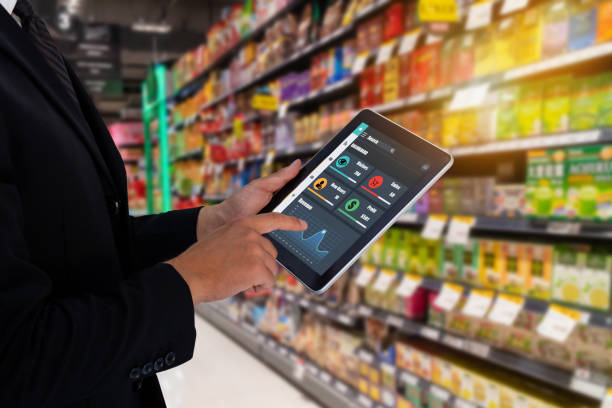
Planogram Software Optimization
Planogram optimization is a continuous process that requires regular analysis and adjustment. By monitoring sales data and customer feedback, retailers can identify any areas of improvement and make necessary adjustments to the planogram. This could involve rearranging product placements, changing shelf heights, or introducing new products to the display. By understanding how to read a planogram and having experience creating and implementing it, businesses can take advantage of various benefits:
Utilize their retail space.
By strategically placing products in a visually appealing and organized manner, businesses can create an attractive shopping environment that encourages customers to spend more time browsing and potentially making additional purchases. This can lead to increased sales and higher revenues for the business.
Improve inventory management.
By carefully analyzing sales data and customer buying behavior, businesses can determine which products are most popular and should be given priority in terms of shelf space with Planogram software. This ensures that the right products are always available to meet customer demand. Hence, reducing the risk of stockouts and improving overall customer satisfaction.
Enhance the customer experience.
By arranging products in a logical and easy-to-navigate manner, businesses can make the shopping process more convenient and enjoyable for customers. This includes ensuring that related products are placed together and that popular items are easily accessible. A positive shopping experience increases customer satisfaction and encourages repeat visits and positive word-of-mouth recommendations.
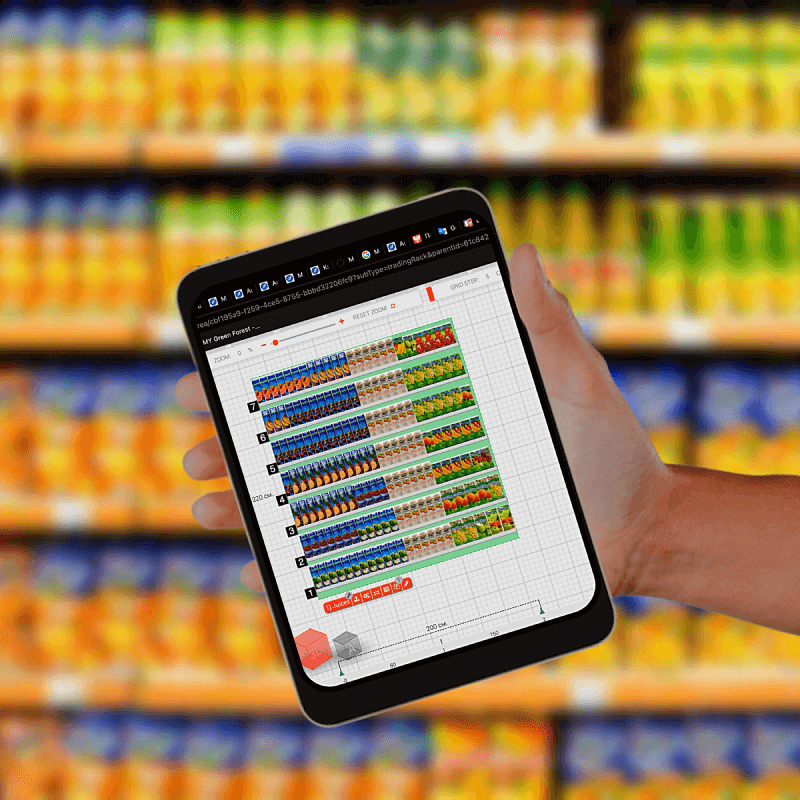
Conclusion
In conclusion, collaborative features in planogram software offer numerous benefits for retailers seeking to optimize their store layouts. Real-time collaboration allows multiple team members to work simultaneously, enhancing efficiency and effectiveness. Improved communication and coordination ensure that everyone’s input is considered and integrated into the final planogram. Leveraging the expertise of the entire team leads to more strategically designed layouts. Finally, version control features prevent any loss of important changes or conflicting versions. By utilizing collaborative features in planogram software, retailers can streamline their optimization process and create more successful store layouts.
Matthew Wilson is an American writer and consultant who specializes in space planning software for retail stores. He has a bachelor’s degree in computer science from Stanford University and a master’s degree in business administration from Harvard Business School. He has over 10 years of experience in the retail industry. He is the author of several articles and books on space planning software. He is currently based in New York City, where he runs his own consulting firm, Smith Space Solutions.




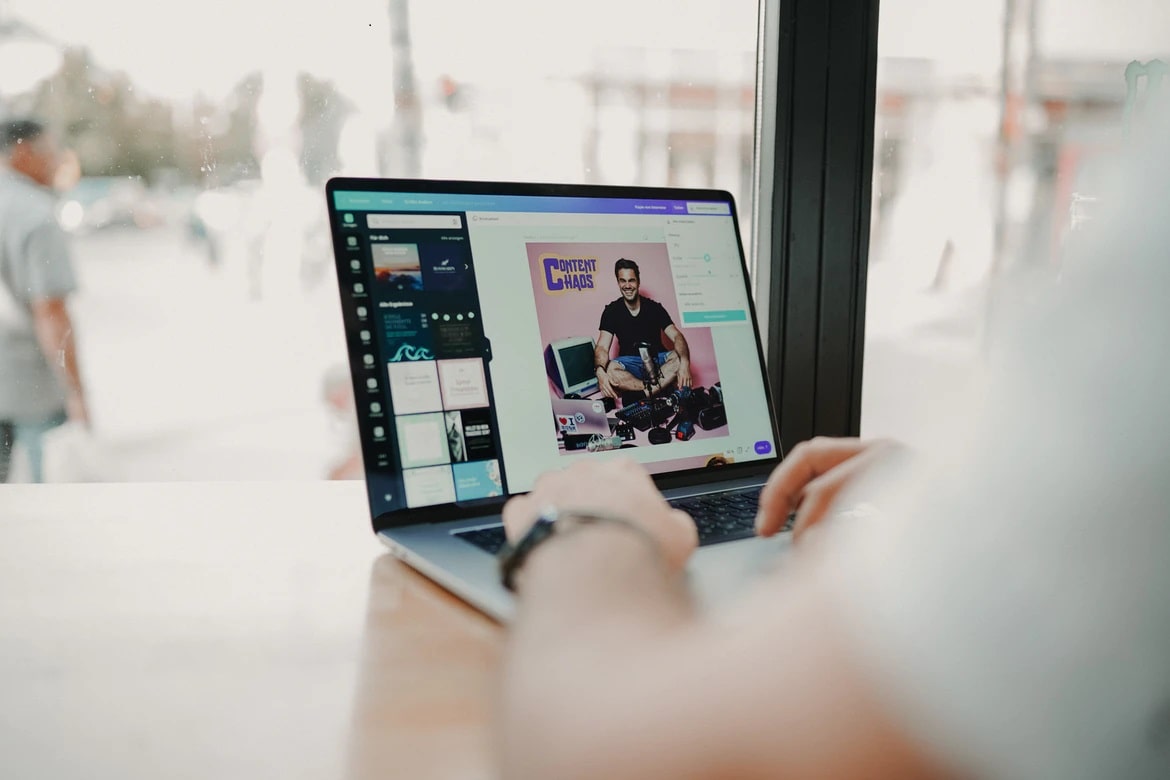
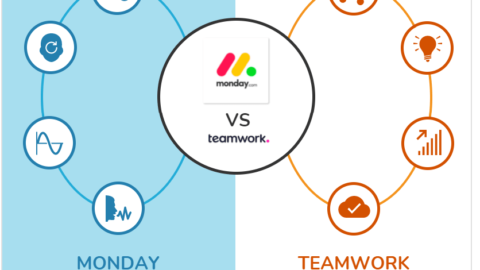

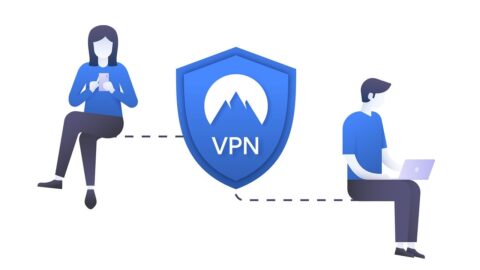

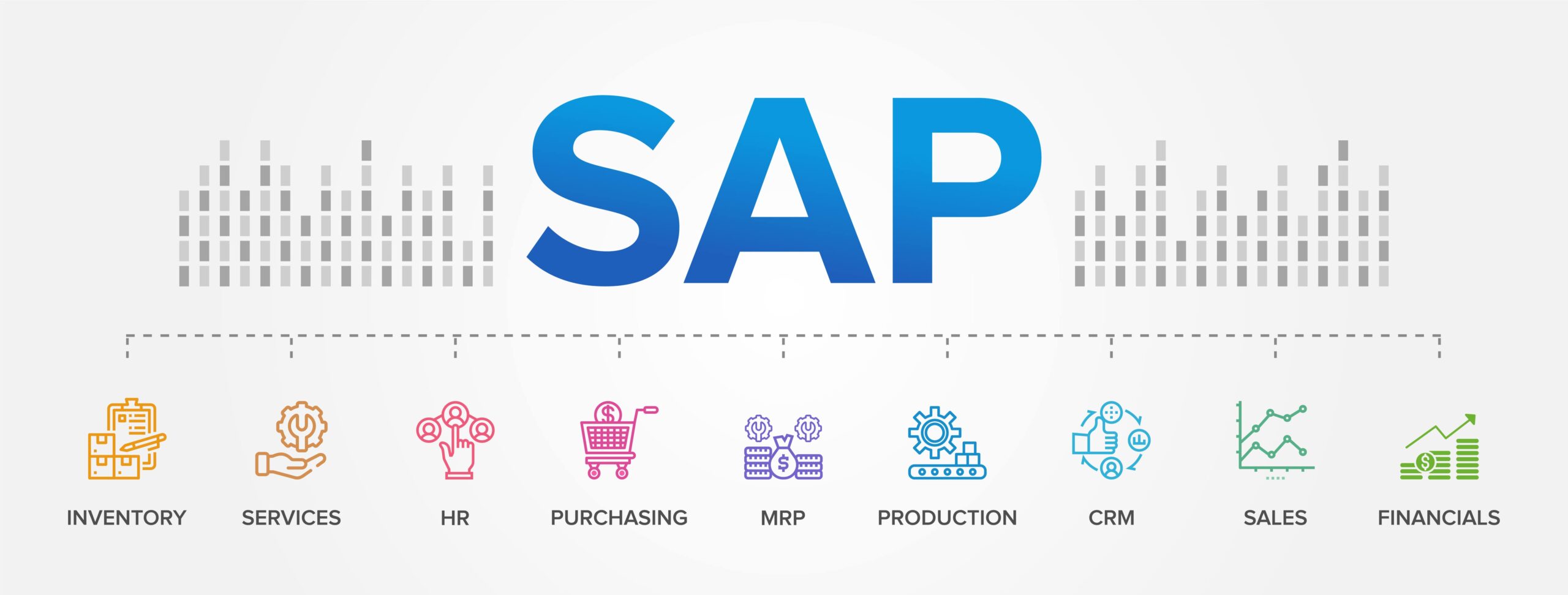

Awesome!! I like your post. Similarly, we provide the ultimate online education platform offering a wide range of resources, including comprehensive online tutorials for Academic courses, Computer courses, as well as specialized online courses for skill development. Don’t miss this golden opportunity to excel in your studies and future-proof your career.